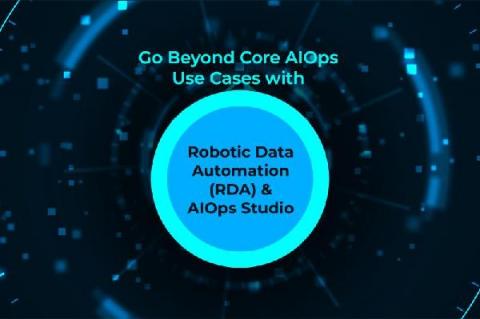Biden on cyber security after 100 days: A good start, but now comes the hard part
Cyber security experts weigh in on what we’ve learned about President Biden’s cyber security strategy in his first 100 days in office. President Joe Biden declared in mid-December, more than a month before he took office, that cyber security would be a “top priority” of his administration. It should be. The digital world, as we are all now reminded daily, has a direct impact on the real world, for better and worse.










